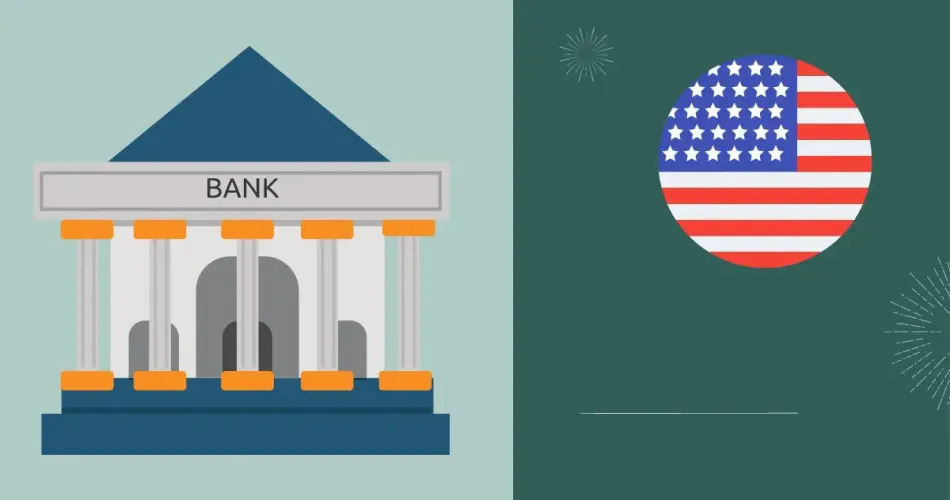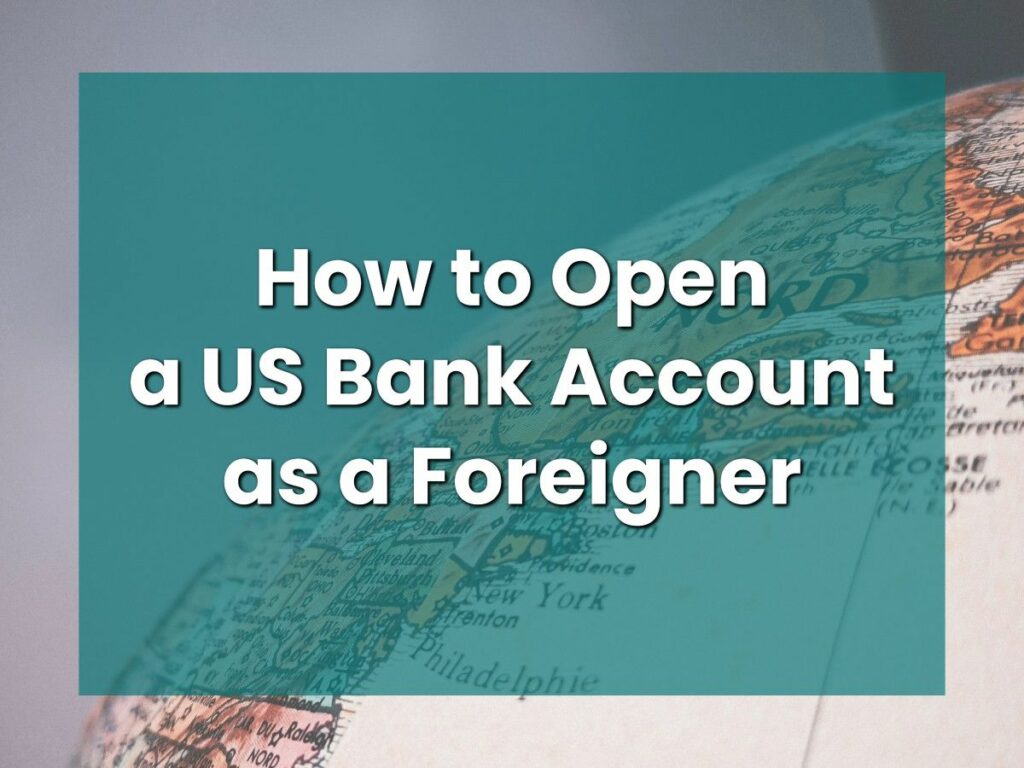Navigating a new country can be challenging, and one of the first steps to getting settled in the USA is opening a checking account. This guide is designed to simplify the process, making it easier for you to manage your finances and feel more at home.
Why you need a checking account in the USA

A checking account is essential for daily financial transactions, whether it’s paying rent, receiving your salary, or simply purchasing groceries. It provides you with a secure place to keep your money and makes managing expenses straightforward. Additionally, having a checking account can help you build a credit history, which is crucial for obtaining loans, renting an apartment, or even securing certain jobs.
Understanding the requirements
Before you walk into a bank, it’s important to know what you’ll need to bring. While requirements may vary slightly between banks, the following are generally required:
- Proof of Identity: A valid passport is typically sufficient, but some banks might also ask for a visa or a driver’s license.
- Proof of Address: This can be a lease agreement, utility bill, or any official document that shows your name and current address in the USA.
- Social Security Number (SSN) or Individual Taxpayer Identification Number (ITIN): While some banks require an SSN, others accept an ITIN, which you can apply for if you’re not eligible for an SSN.
- Initial Deposit: Some banks require a minimum deposit to open an account, which can range from $25 to $100.
Choosing the right bank
When choosing a bank, consider factors such as fees, accessibility, and customer service. Here’s a breakdown of what to look for:
- Fees: Some banks charge monthly maintenance fees, ATM fees, or overdraft fees. Look for banks that offer fee waivers if you maintain a certain balance or set up direct deposits.
- Accessibility: Consider the bank’s network of ATMs and branches, especially if you travel frequently. Online and mobile banking features can also be crucial for managing your account on the go.
- Customer Service: As a foreigner, you might prefer a bank that offers customer service in your native language or has experience dealing with international clients.
The account opening process
Once you’ve chosen a bank, the process of opening an account is usually straightforward. Here’s what to expect:
- Visit the Bank: You can either visit a branch in person or, in some cases, open an account online. For in-person visits, making an appointment in advance can save you time.
- Submit Your Documents: Provide the required documents to the bank representative. They will verify your identity and address.
- Complete the Application: Fill out the account application form. If you’re unsure about any section, don’t hesitate to ask for help.
- Make an Initial Deposit: Deposit the required minimum amount to activate your account.
- Receive Your Account Details: Once your account is set up, you’ll receive your account number, debit card, and information on how to access online banking.
Tips for managing your new account
Opening a checking account is just the beginning. To make the most of it, here are some tips:
- Set Up Direct Deposit: Arrange for your salary or any regular income to be directly deposited into your account. This not only saves time but can also help you avoid certain fees.
- Monitor Your Balance: Regularly check your account balance to avoid overdraft fees. Most banks offer mobile apps that make this easy.
- Understand the Fees: Familiarize yourself with the fees associated with your account, such as ATM usage or wire transfers, especially if you plan to send money abroad.
- Maintain a Good Relationship with Your Bank: If you plan to stay in the USA long-term, building a good relationship with your bank can be beneficial. They may offer you better services, such as loans or credit cards, as they get to know you better.
Final thoughts
Opening a checking account in the USA as a foreigner doesn’t have to be overwhelming. By understanding the requirements, choosing the right bank, and carefully managing your account, you’ll be well on your way to establishing a solid financial foundation in your new home. Remember, your bank is there to help you, so don’t hesitate to ask questions and seek advice whenever needed. Welcome to the USA!

